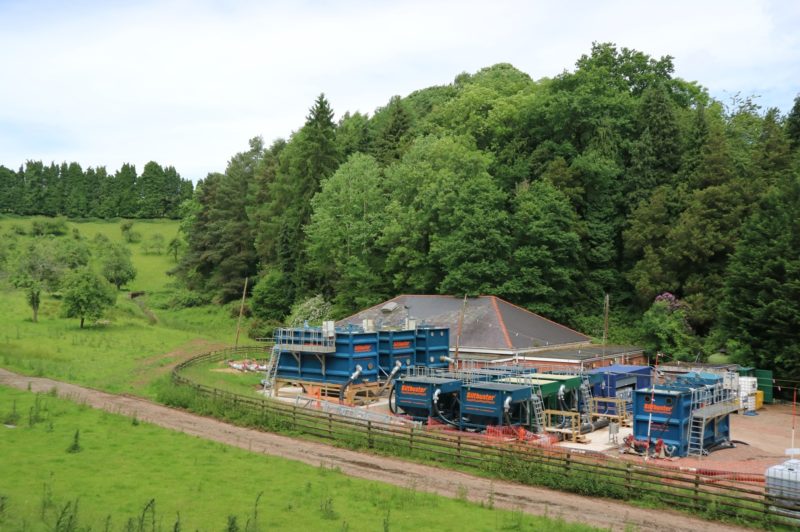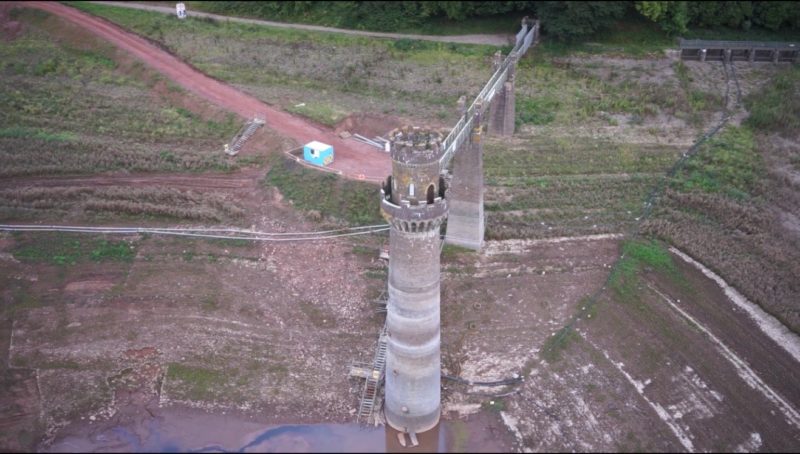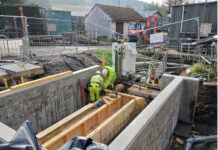
SILTBUSTER has supplied a system to deal with over 250,000m³ of water drained from Wentwood Reservoir in Wales, to allow work to be carried out on a control tower.
Morgan Sindall was appointed by Welsh Water to upgrade and replace the Victorian tower’s 18th century valves. The firm’s workers needed to access the base of the tower to mechanically remove and lift out redundant fittings. However, due to the tower being based in the middle of the reservoir, this could only be done when the 42-acre reservoir is drained.
Morgan Sindall asked Siltbuster to supply a temporary solution to treat the waters so that they could be discharged directly to the natural environment.
Siltbuster CEO Dr Richard Coulton said, “We’ve supplied major systems to treat large volumes of water before, but every project has its own issues which we have to consider. In this instance, it was a case of not just handling a large amount of water but also providing lots of control and oversight, as the location is quite remote. With such a huge treatment task we also wanted to ensure the client’s valuable budget wasn’t wasted on unnecessary chemicals.”
Siltbuster explained that it devised a “multistage system” which can treat the peak reservoir discharge of up to 600m³/hr. This involves eight HB50E lamella clarifiers, four MT30 mixing tanks and two chemical dosing containers.

“Due to the slow settling characteristics of the solids suspended in the water, an automated chemical dosing system aggregates any solids in the water and makes them settle more quickly,” the firm said. “Dosing the feed waters with both a coagulant and flocculant, via digital magnetic flowmeters, and using highly accurate peristaltic dosing pumps prior to clarification, the treated water quality is consistently within specification, with the Total Suspended Solids (TSS) never exceeding 60mg/l.”
Siltbuster installed a turbidity sensor on the plant’s inlet to ensure pre-treatment chemicals are only introduced when required. Further sensors were installed at the outlet point and linked to the Siltbuster equipment so that if the treated water quality decreases, actuated valves will automatically isolate the feed.
As the levels drop and the treated water is discharged safely to the surrounding environment, the sediment and solids are captured within each of the lamella clarifiers’ hoppers.
A duty and standby sludge pump allows each settlement unit to be remotely emptied. The slurry is then stored within a 30m³ agitated tank, whilst a vacuum tank periodically empties and disposes of the sludge offsite.











